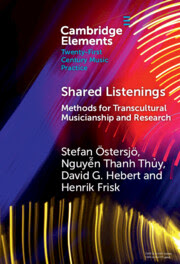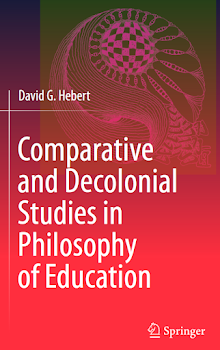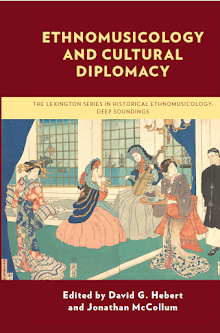A common observation made by travelers to various parts of the world is that American music seems to be encountered virtually everywhere – not just the most recent popular songs, but classic recordings of early blues, jazz, and rock and roll, as well as the vast array of newer genres with roots that are traceable to these original traditions.
It is striking how much of the music enjoyed in so many parts of the world today has been influenced by sounds that may be traced to the southern
Music may be rightfully regarded as the most significant American cultural export, since even Hollywood movie production is increasingly rivaled by regional industries, such as India’s Bollywood genre and Hong Kong’s action/martial arts films, as well as enormous multi-national productions (like Avatar and Lord of the Rings, which were partly made in New Zealand), and we must not forget that many Hollywood movies also feature American roots music as well as themes derived from American music.
Blues, jazz, and early rock and roll pioneered the use of highly danceable, groove-based song forms structured with chordal harmony as a backdrop for sophisticated improvisation by both vocalists and virtuoso instrumentalists. While some would still insist that aspects of European art music are more highly developed, it cannot be denied that each of these American genres - particularly jazz - clearly served as some inspiration to the majority of major European art music composers (as well as popular music performers in much of the world) during the twentieth century, and the value of this music is increasingly recognized worldwide by musicologists in the twenty-first century. Further research is needed on how the richness of this unique musical legacy – and its global impact – is effectively taught at all levels of formal and informal education.
Below are links to some of my writings and projects that address related topics:
· Hebert, D. G. (2010). Jazz and Rock Music. In W. M. Anderson & P. S. Campbell (Eds.), Multicultural Perspectives in Music Education, Vol. 1 (third edition).
· Campbell, P. S. & Hebert, D. G. (2010). World Beat. In W. M. Anderson & P. S. Campbell (Eds.), Multicultural Perspectives in Music Education, Vol. 2 (third edition).
· Hebert, D. G. (2009). Musicianship, Musical Identity and Meaning as Embodied Practice. In T. Regelski & J. T. Gates (Eds.), Music Education for a Changing Society: Guiding Visions for Practice (pp. 39-55). Dordrecht and New York: Springer Press.
· Campbell, P. S., Hebert, D. G. & Will, R. J. (Eds.) (2001). Around the Sound: Popular Music in Performance, Education, and Scholarship - symposium proceedings.
· Hebert, D. G. & Campbell, P. S., (2000). "Rock Music in American Schools: Positions and Practices Since the 1960s," International Journal of Music Education , Vol. 36, No. 1 (pp. 14-22).























